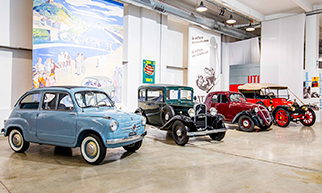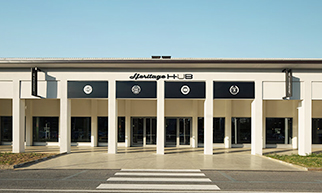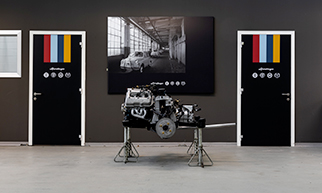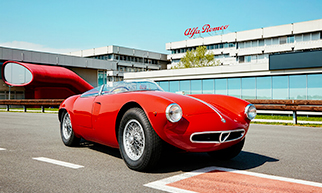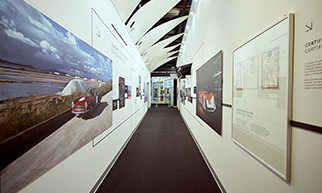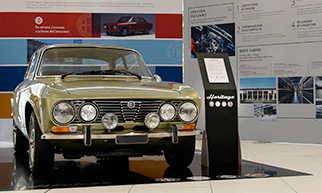Its elegant silhouette earned it twenty years of success, while its excellent road-holding was the basis for the super-fast Abarth that carried Fiat to victory in rallying.
One of the longest-lived Fiats, the 124 Sport Spider was styled in 1966 by Dutch-American designer Tom Tjaarda, working for Pininfarina. It was based on the Fiat 124 sedan, but unlike the coupé version - the work of the Fiat Design Centre - which inherited the whole of its platform, the Spider was shorter and more compact. The result was the instant classic which, with very few changes, was produced and sold until 1985.
The mechanical architecture was conventional: longitudinal front engine, 5-speed transmission, rear-wheel drive, four disc brakes and monocoque, with a dry weight of less than 1,000 kg. The different series were fitted with a variety of engines: the first was born with a twin cam 1438 cc unit, joined in the second series by the 1608 cc engine with two twin-barrel carburettors which produced 110 HP, while the third series introduced the new 1600 and 1800 with just one twin-barrel carburettor, derived from the Fiat 132.
The 1800 was the starting-point for the Abarth version, which was evolved to a massive 215 horsepower with mechanical injection, but other engines, of two litres or with volumetric supercharger, also appeared in succession in the America, Europe and Volumex versions. While the coupé and sedan went out of production, the Spider continued to enjoy success, even scoring a hit in America, where thousands of the model were sold.
